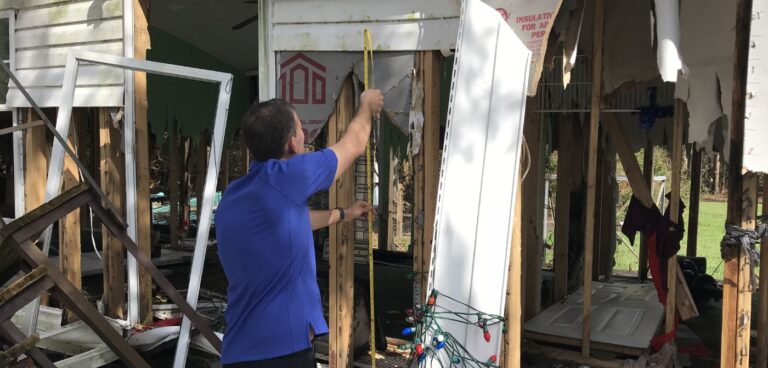The US National Oceanic and Atmospheric Administration (NOAA) is partnering with the American Society of Civil Engineers (ASCE) to help engineering professionals improve climate change resilience in the design and construction of future building and infrastructure projects.
A new memorandum of understanding (MOU) was unveiled during a summit to discuss the ways in which NOAA’s science and products can be used to inform the building and civil engineering codes, standards and best practice manuals developed by ASCE. The MOU will be facilitated by the University of Maryland (UMD) Center for Technology and Systems Management.
NOAA has been collaborating with ASCE since November 2021, but the increased frequency of weather- and climate-related disasters has created greater urgency for action. NOAA calculated that 2022 was the third most costly year on record for weather- and climate-related disasters, with 18 events costing over US$165bn in total damages. Disasters are also happening more often, with the number of days between billion-dollar disasters dropping from 82 days in 1980 to just 18 days in 2022.
Rick Spinrad, NOAA administrator, said, “These statistics, while daunting, present an opportunity for us to take stock and use these data to help prepare for the impacts of climate change. Sustained partnerships like this one are key to this effort, and will help foster a ‘Climate-Ready Nation’ where individuals, businesses and communities have the knowledge and tools to take action to mitigate risk and support economic growth.”
Tom Smith, executive director of ASCE, added, “Addressing current and long-term challenges facing communities across the nation and globe from extreme weather events requires close collaboration among the science and engineering communities. We are delighted and honored to work in partnership with NOAA to combat these challenges with solutions that will ensure our critical infrastructure networks are safe, efficient, sustainable and reliable for everyone.”
The partnership and MOU will also focus on inequities in climate resilience. NOAA research shows how low-income communities suffer more damage and are at greater risk from extreme events than more affluent communities. Additionally, the effects of climate change on vulnerable populations are frequently compounded by exacerbating other risks, such as inland flooding, urban heat islands and poor air quality. To address these inequities, NOAA and ASCE will work together to identify particular needs for climate-resilient infrastructure in urban, rural and low-income communities, as an example.
NOAA’s scientists are gaining a better understanding of the specific needs of ASCE, and how to meet them with either off-the-shelf information or potentially new products. To date, technical exchanges have focused on how several key climate-related risks – such as extreme temperatures, rainfall events, changing wind patterns and coastal hazards – can affect the built environment.
Information from the summit will inform future exchanges and conversations, including a pair of conferences in 2023 focused on “future-ready” infrastructure: ASCE’s 2023 Convention in Chicago, Illinois, and ASCE Inspire 2023 in November.



